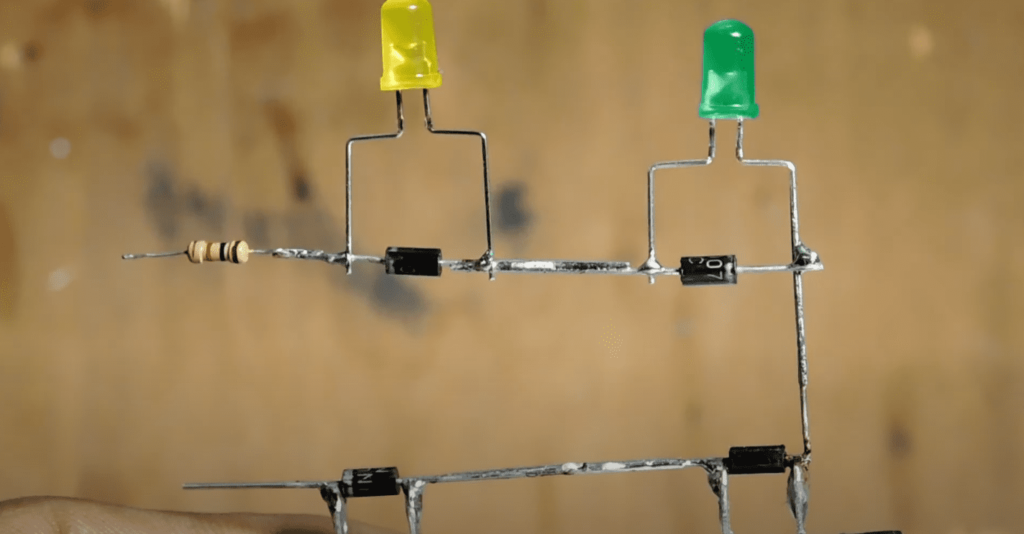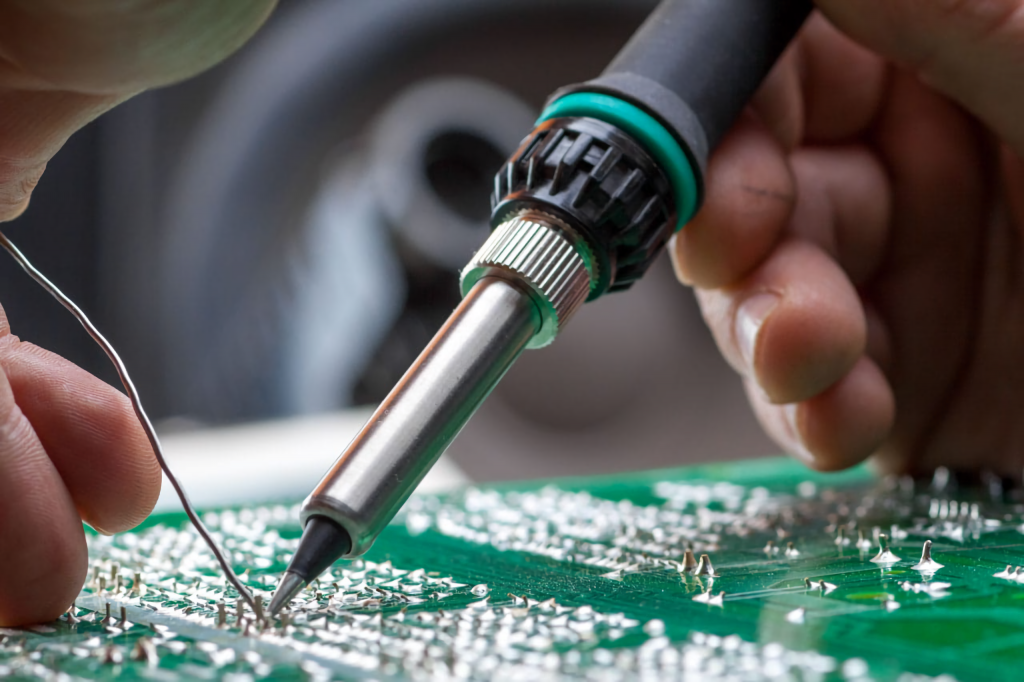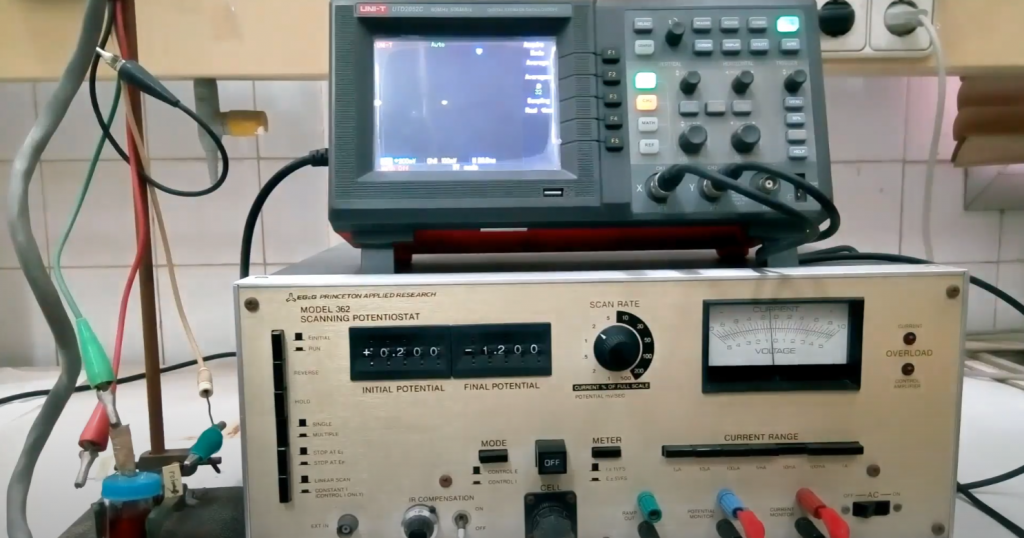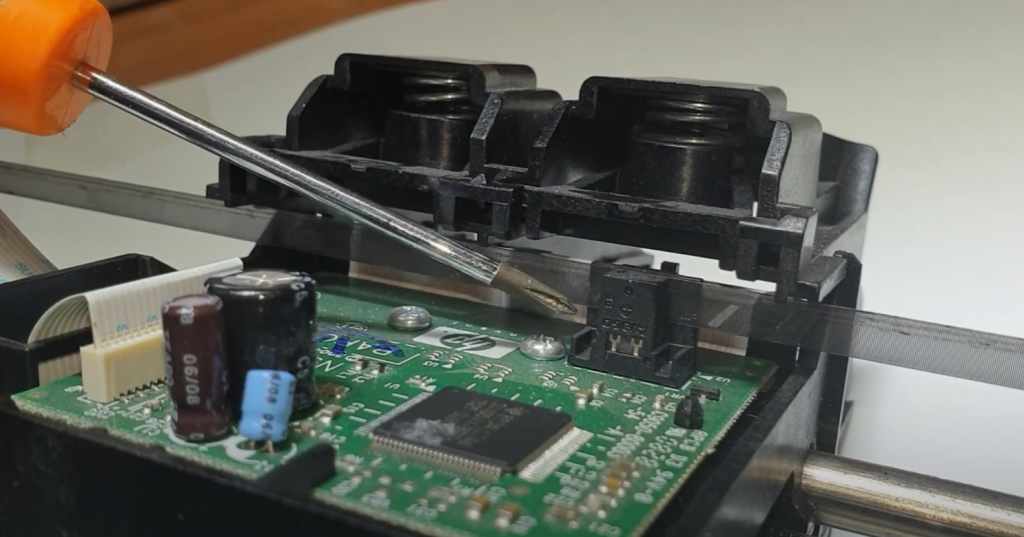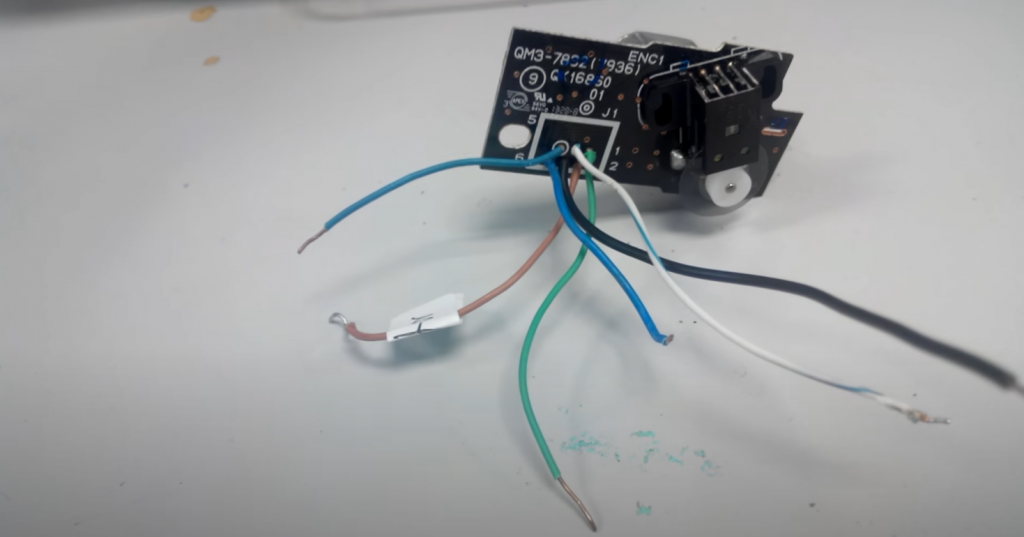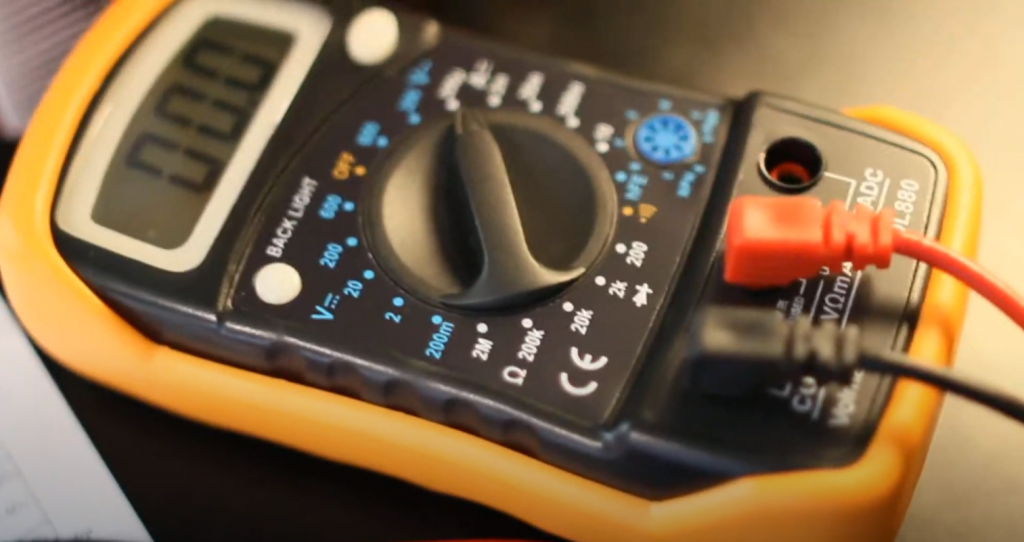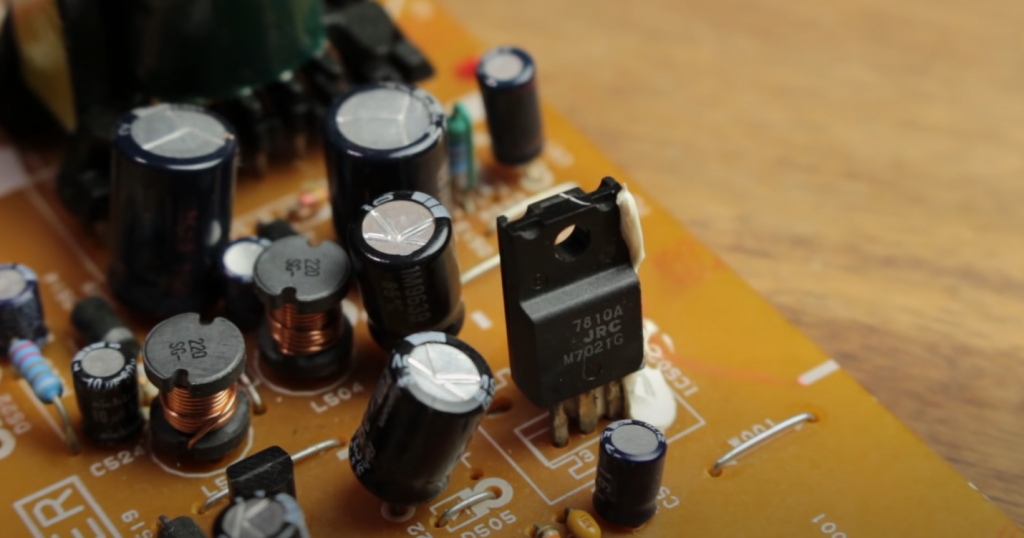The 1N4007 diode is probably the most popular of all diodes, since it is installed in the vast majority of chargers for phones, smartphones and tablets. Even if you’re holding a dollar charger and there’s no stabilization or interference filters inside, it can’t do without a diode.
And in one adapter, there are four diodes and a diode bridge on them, and it’s used to make an AC voltage into a DC voltage. A diode passes current only in one direction, cutting off one of the polarities.
By the way the cheapest chargers use half-period rectification and save three of the 4 diodes. But if your benchtop power supply has more than one watt then it is better to use a diode bridge since unipolar rectification gives much more ripple and this mode is much more difficult for the filter capacitors.
The colored ring on the case of the 1N4007 indicates the cathode terminal.
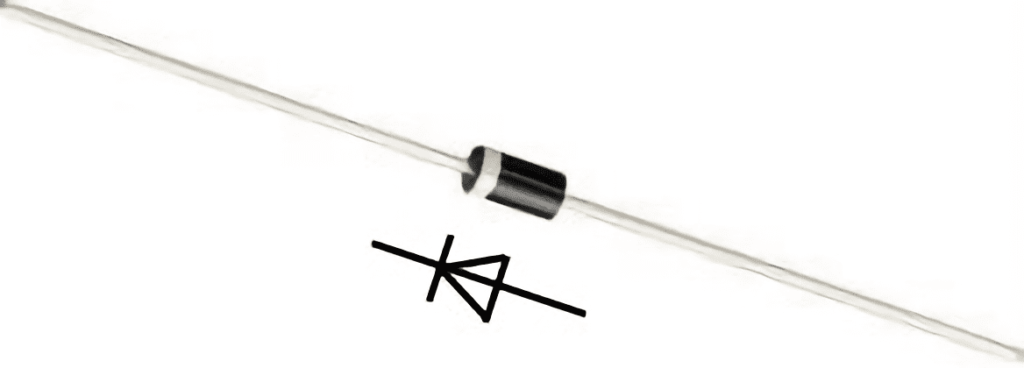
Since the 1N4007 is made with sufficient pin length, the diode can be mounted vertically or horizontally.
Diode 1N4007 is one of the representatives of the whole series of diodes 1N4001, 1N4002, 1N4003, 1N4004, 1N4005, 1N4006, 1N4007. These types of diodes differ in the value of maximum permissible reverse voltage (the values for each type are given in the table). 1N4007 is designed for the highest voltage.
| 1N4001 | 1N4002 | 1N4003 | 1N4004 | 1N4005 | 1N4006 | 1N4007 | |
| Maximum permissible reverse voltage, V | 50 | 100 | 200 | 400 | 600 | 800 | 1000 |
| Maximum AC voltage (effective value), V | 35 | 70 | 140 | 280 | 420 | 560 | 700 |
Since the cost of diodes of all series 1N4001-1N4007 is very low, and the difference in cost between the types is practically none, then there is no special point in using different types in developments and proliferate the nomenclature. You can put 1N4007 everywhere, even if you need to replace a diode from this series for a lower voltage during repair.
Diode 1N4007 Сharacteristics
- maximum long-term forward current at 167°F (75°C) – 1.0 A;
- maximum pulse current at pulse duration of 3.8 ms – 30 A;
- diode voltage drop at current 1.0 A – 1.1 V;
- operating temperature range -85 … +347°F (-65 … +175°C);
- maximum operating frequency – 1 MHz;
In addition to the reverse voltage, an essential characteristic is the forward current, for 1N4007 it reaches 1A. Theoretically, these diodes could be used in a 220W switching power supply, if a good heat sink from diodes is ensured (for example, by filling them with compound), but one should not go so extreme with these diodes and in the input rectifier of 220W power supply one should not exceed 50-100W, depending on the cooling system efficiency.
1N4007 Analogs
Of course such a popular diode could not ignore the world manufacturers of semiconductors and released their full analogs:
- Motorola – HEPR0056RT;
- Philips – BYW43;
- Diotec Semiconductor – 10D4, 1N2070, 1N3549;
- Thomson – BY156, BYW27-1000;
FAQ
What is 1N4007 diode used for?
A 1N4007 diode is a silicon rectifier that is used for converting alternating current (AC) to direct current (DC).
What kind of diode is a 1N4007?
1N4007 is a rectifier diode.
What is the difference between 1N4001 and 1N4007 diodes?
1N4001 diodes have a peak repetitive reverse voltage of 50 volts, while 1N4007 diodes have a peak repetitive reverse voltage of 1000 volts.
How much current can a 1N4007 diode handle?
The 1N4007 diode can handle up to 1A of current.
What is the breakdown voltage of 1N4007 diode?
The breakdown voltage of the 1N4007 diode is around 1000 volts.
Can I use 1N4007 instead of 1N4148?
Yes, you can use 1N4007 instead of 1N4148. They are both rectifier diodes and have similar specifications.
Related Video: Diodes Explained – The Basics How Diodes Work Working Principle PN Junction
Final Words
In conclusion, the 1N4007 diode is a versatile and affordable solution for a variety of electronic projects. It is important to remember the polarity of the diode when connecting it to a circuit, and to use a resistor in order to protect the diode from damage. With a little bit of practice, anyone can start using diodes to create fun and useful electronic devices. Thanks for reading!

